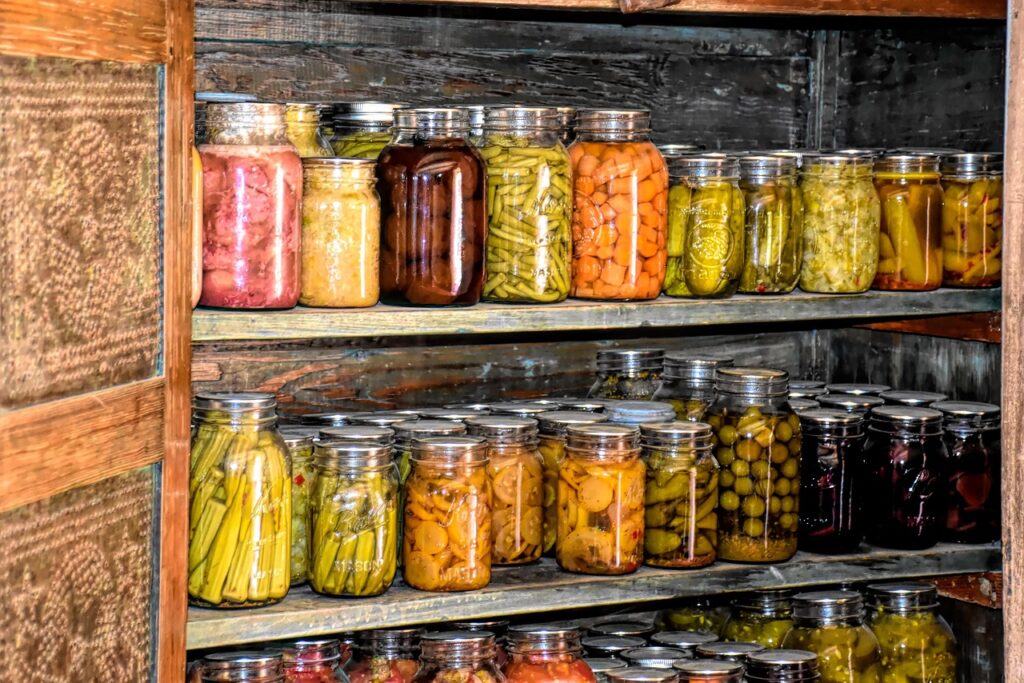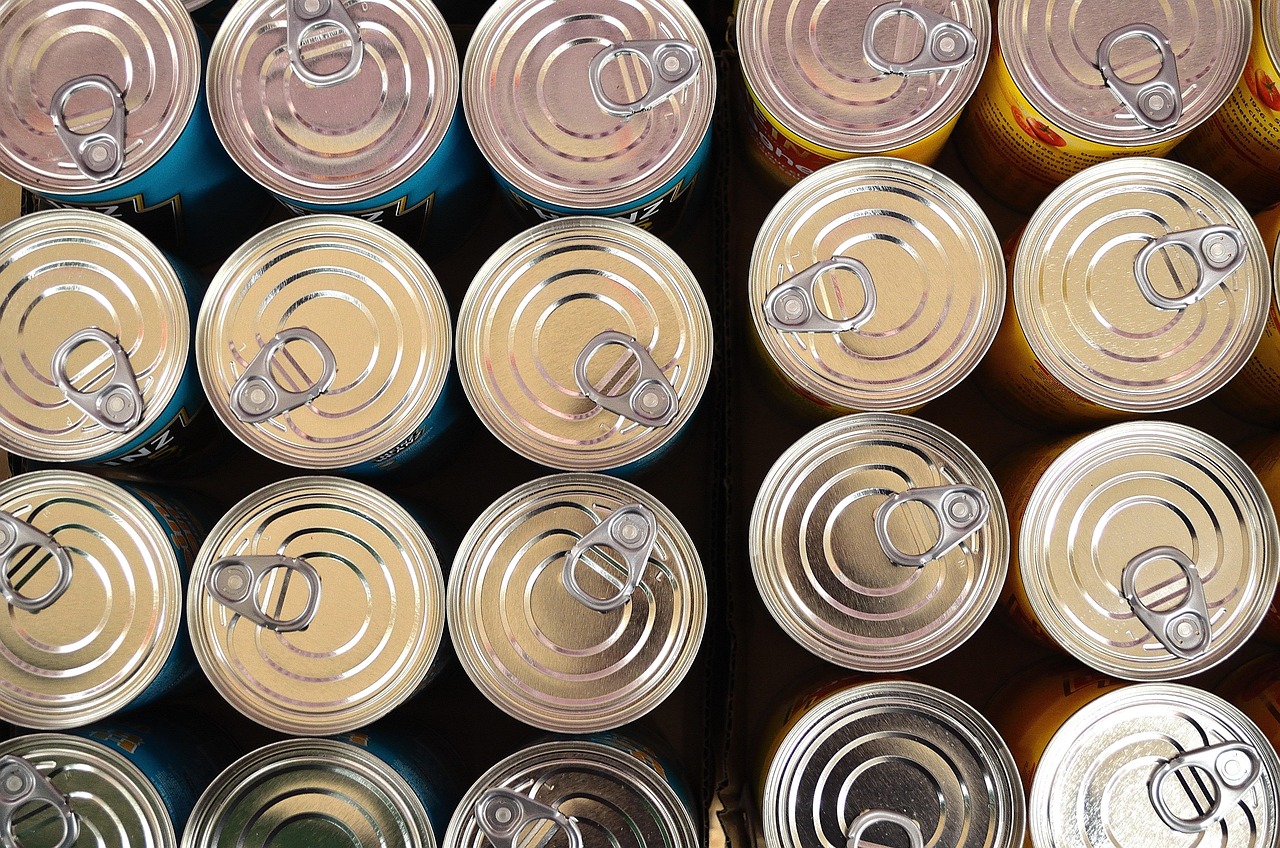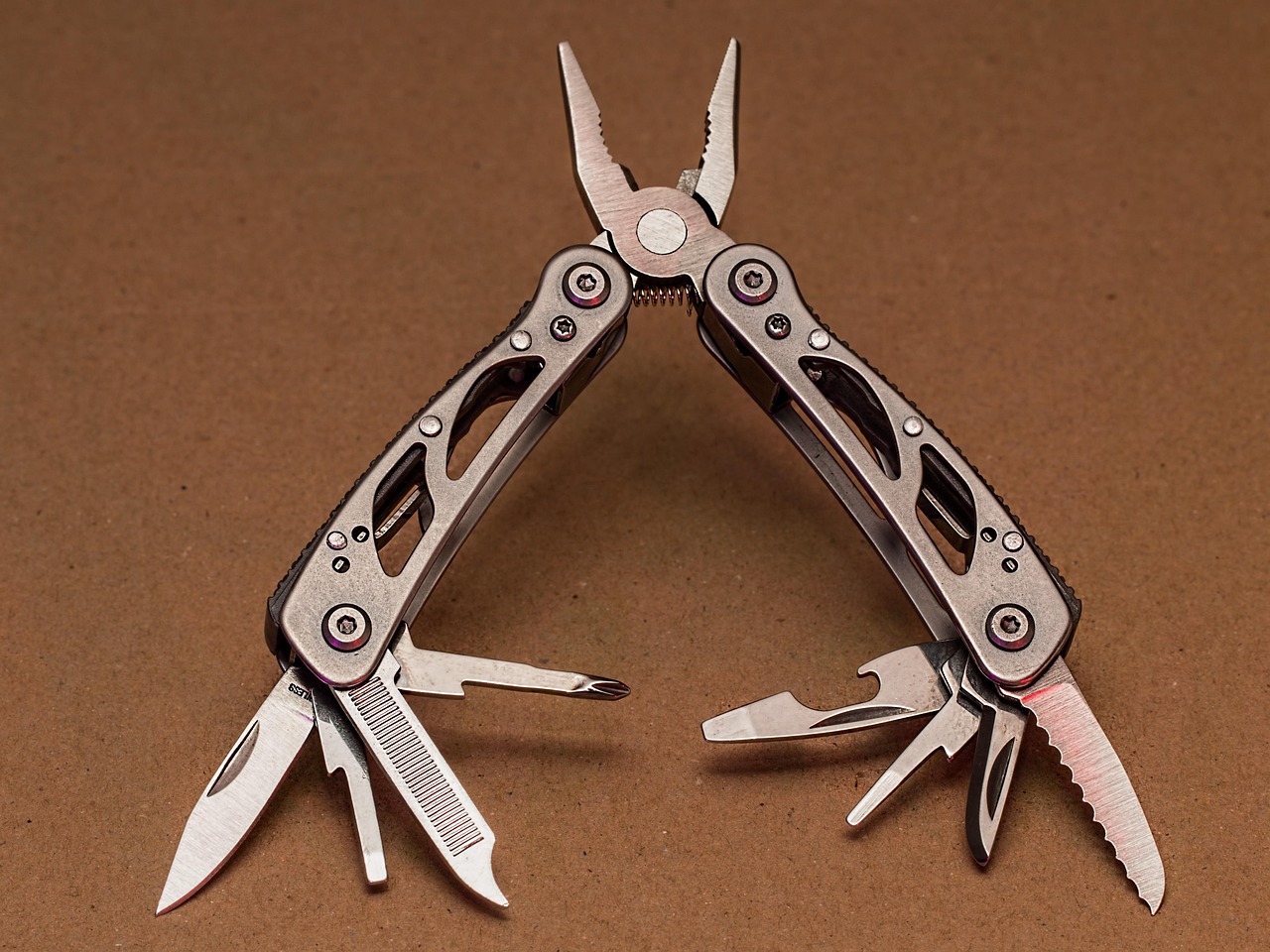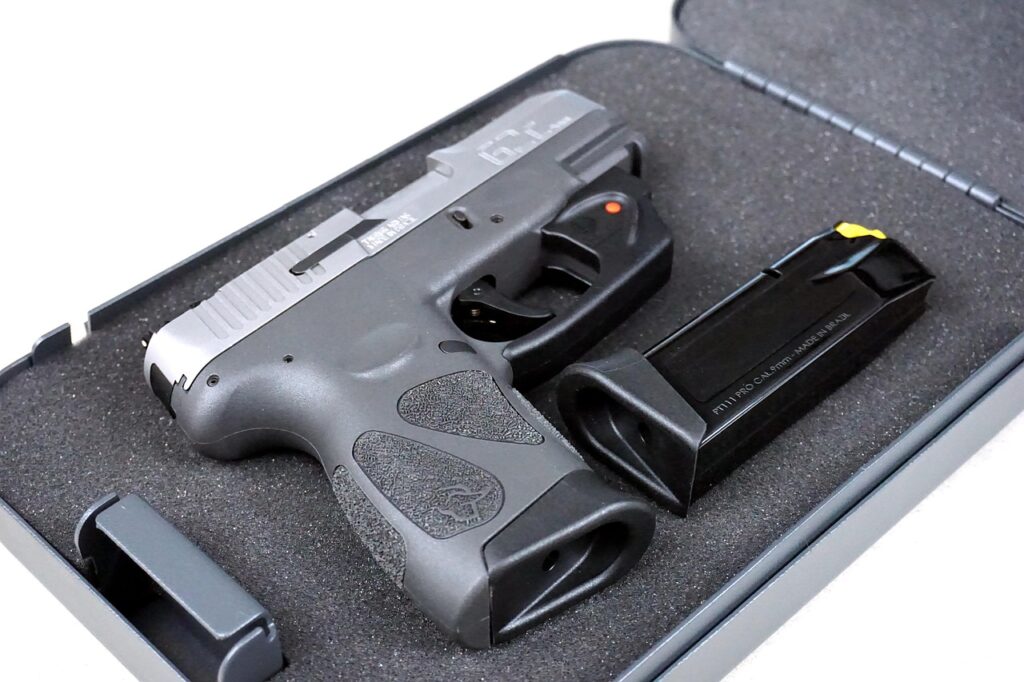A Practical Checklist for Budget-Friendly Survival in Small Spaces

In an unpredictable world, being prepared isn’t just for rural survivalists or those with underground bunkers. Urban preppers face unique challenges, including limited storage space, reliance on city infrastructure, and potential hazards like power outages, civil unrest, or supply chain disruptions.
If you’re just starting your prepping journey, the good news is you don’t need to spend a fortune or have a huge stockpile to be ready for emergencies. The key is to focus on compact, versatile, and budget-friendly items that can keep you safe and self-sufficient.
Here’s a list of 10 essential survival items that every urban prepper should have—whether you live in an apartment, condo, or small home.
1. Water Storage & Filtration
💧 Why It’s Essential: In a disaster, access to clean drinking water can be cut off instantly. Most people can only survive 3 days without water.
🛠 Budget-Friendly Options:
✔ Collapsible Water Containers – Take up little space when empty but can store several gallons when needed.
✔ Water Filtration Straw (e.g., LifeStraw) – Filters bacteria and contaminants from tap water or natural sources.
✔ Water Purification Tablets – A cheap backup method to disinfect water in an emergency.
🚀 Pro Tip: The average person needs at least one gallon of water per day. If space is tight, store bottled water under the bed or in closet corners.
2. Non-Perishable Food

🍽 Why It’s Essential: Grocery stores can be emptied within hours during a crisis. Having a small emergency food supply ensures you don’t go hungry.
🛠 Budget-Friendly Options:
✔ Canned Goods – Beans, tuna, vegetables, soups—shelf-stable and require no refrigeration.
✔ Instant Rice & Pasta – Easy to prepare with minimal cooking.
✔ Protein Bars & Peanut Butter – Calorie-dense and long-lasting.
🚀 Pro Tip: Store food in stackable bins or inside unused suitcases to save space.
3. First Aid Kit
🚑 Why It’s Essential: Medical supplies could become unavailable in an emergency. A basic first aid kit helps you handle minor injuries and illnesses.
🛠 Budget-Friendly Options:
✔ Pre-made First Aid Kits – Available for as little as $15 at big-box stores.
✔ DIY Kit – Assemble one with bandages, antiseptic wipes, gauze, pain relievers, and allergy meds.
✔ Prescription Medications – Keep a small backup supply of any necessary meds.
🚀 Pro Tip: A first aid manual is a smart addition if you’re not trained in emergency care.
4. Flashlight & Batteries (or Solar Lantern)
🔦 Why It’s Essential: Power outages can leave you in complete darkness, making it dangerous to navigate your home or street.
🛠 Budget-Friendly Options:
✔ LED Flashlights – More energy-efficient than traditional bulbs.
✔ Solar-Powered Lanterns – Charge during the day for use at night.
✔ Hand-Crank Flashlights – No batteries needed!
🚀 Pro Tip: Keep flashlights in multiple locations (bedroom, kitchen, near exits) so you’re never scrambling in the dark.

5. Multi-Tool or Utility Knife
🔪 Why It’s Essential: In an emergency, you might need to open cans, cut fabric, fix equipment, or defend yourself.
🛠 Budget-Friendly Options:
✔ Basic Multi-Tool – Includes a knife, screwdriver, scissors, and can opener.
✔ Folding Utility Knife – Sharp and compact for cutting materials.
🚀 Pro Tip: Choose stainless steel for durability and rust resistance.
6. Emergency Radio (Hand-Crank or Battery-Powered)
📻 Why It’s Essential: If the power and internet go down, a radio keeps you updated on emergency broadcasts, weather updates, and evacuation orders.
🛠 Budget-Friendly Options:
✔ NOAA Emergency Weather Radio – Provides real-time alerts.
✔ Hand-Crank Radio – Works without batteries; just crank to generate power.
🚀 Pro Tip: Get one with a built-in phone charger so you can keep your mobile device powered.

7. Personal Protection & Self-Defense
🛡 Why It’s Essential: In urban environments, looting, civil unrest, or home break-ins can become a concern in a prolonged crisis.
🛠 Budget-Friendly Options:
✔ Pepper Spray – Affordable, easy to carry, and legal in most places.
✔ Tactical Flashlight – Can be used to blind an attacker and double as a blunt-force tool.
✔ Door Reinforcement Bar – Inexpensive and prevents forced entry.
🚀 Pro Tip: Always check your local laws before purchasing self-defense tools.
8. Portable Power Bank
🔋 Why It’s Essential: Your phone is a lifeline during emergencies, but without power, it becomes useless.
🛠 Budget-Friendly Options:
✔ USB Power Bank – Can charge phones multiple times before needing a recharge.
✔ Solar Charger – Great backup if the power grid is down.
🚀 Pro Tip: Keep your power bank fully charged at all times and store one in your go-bag.
9. Fire Starting Kit (Lighters & Waterproof Matches)
🔥 Why It’s Essential: Fire is crucial for warmth, cooking, and even signaling for help.
🛠 Budget-Friendly Options:
✔ Bic Lighters – Cheap, reliable, and compact.
✔ Waterproof Matches – Work in any weather condition.
✔ Magnesium Fire Starter – Works even if wet and lasts for thousands of strikes.
🚀 Pro Tip: Store lighters in multiple places—kitchen, emergency bag, and car.
10. Emergency Cash & Important Documents
💰 Why It’s Essential: ATMs and card transactions may be down in a crisis. Having cash on hand ensures you can buy supplies.
🛠 Budget-Friendly Options:
✔ Small Bills ($1s, $5s, $10s) – Many stores may not have change during an emergency.
✔ Copies of Important Documents – Store ID, insurance, and emergency contacts in a waterproof bag.
🚀 Pro Tip: Keep a small emergency stash of at least $100-$300 in cash at home.
Final Thoughts: Start Small, Stay Smart
Urban prepping doesn’t require a ton of money or space—just strategic planning and smart choices. By focusing on essential survival tools that fit your budget and living space, you’ll be better prepared for anything life throws your way.
Start today! Pick one or two of these items and build your emergency kit over time. Prepping is about progress, not perfection. 🚀

Leave a Reply